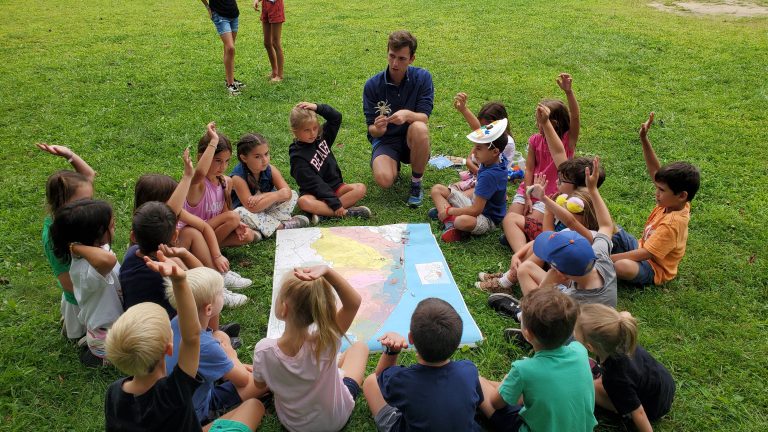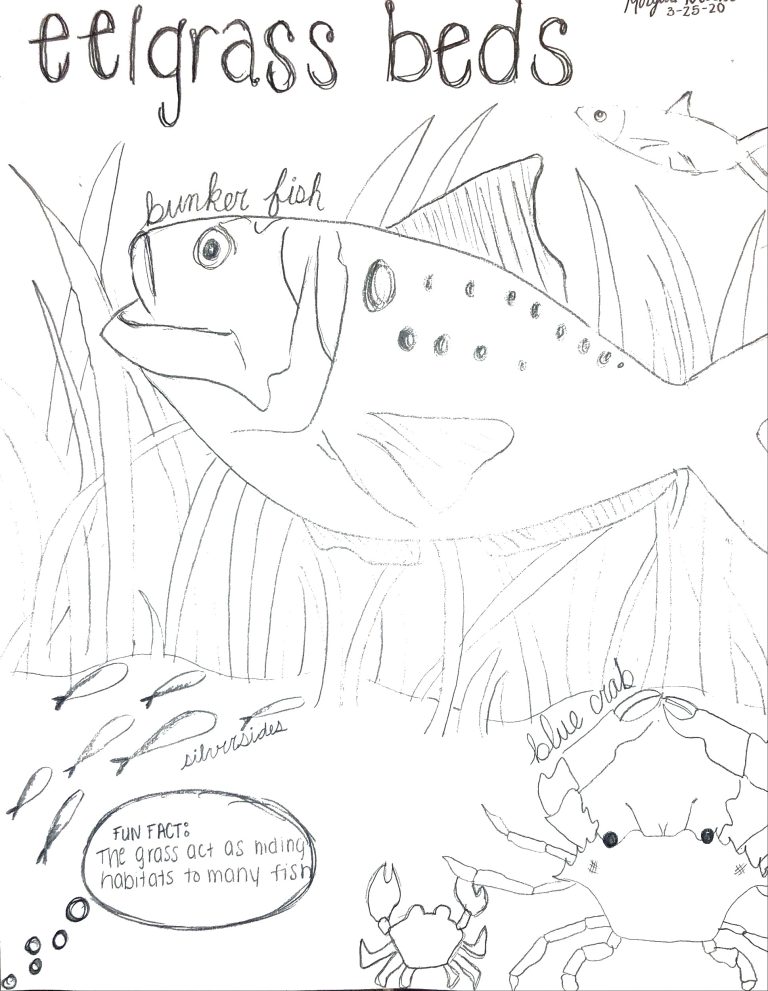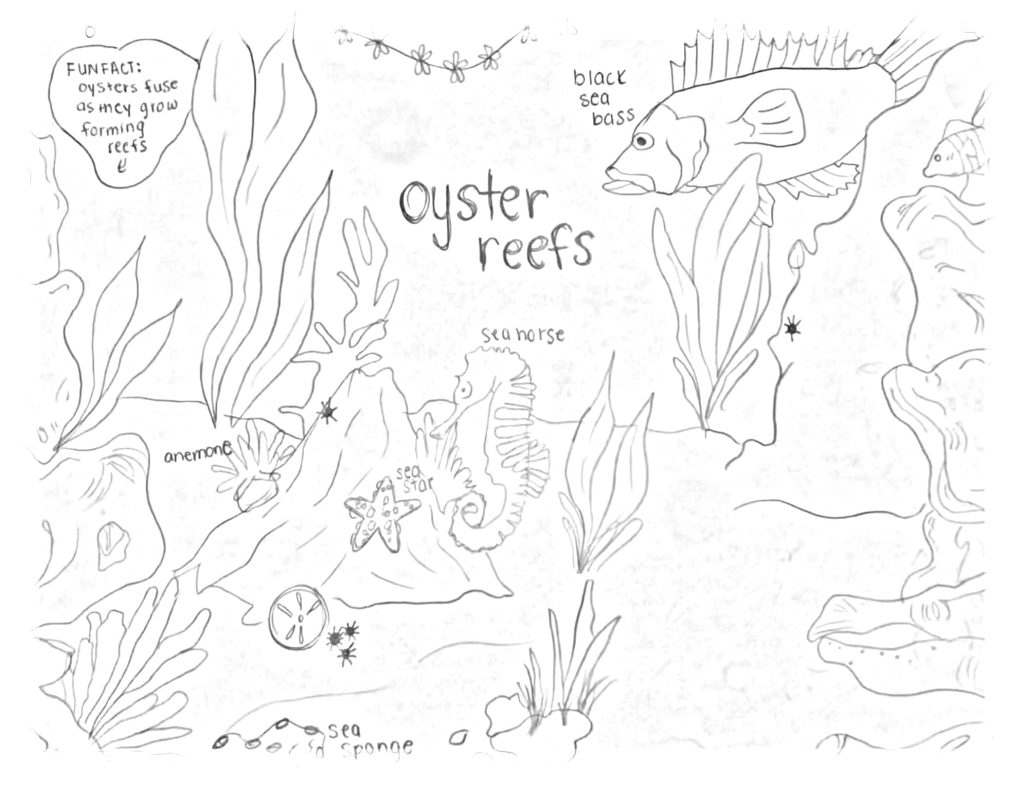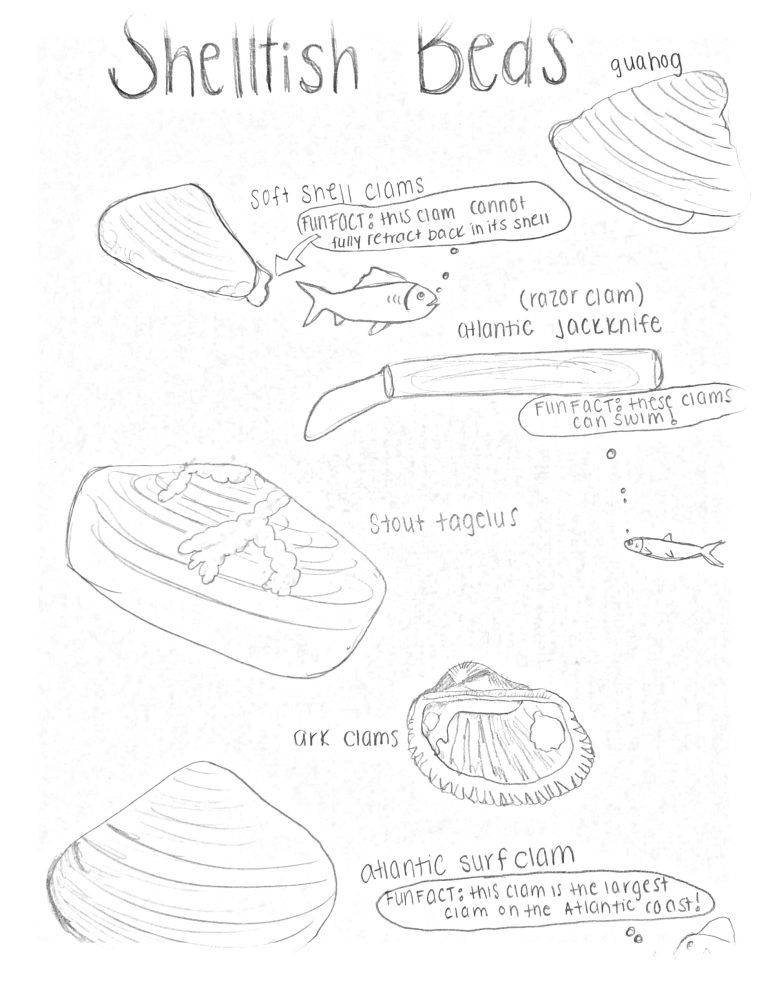
PROJECT SEA: SCIENCE, EDUCATION, ACTION!

New “This Way to Barnegat Bay” lesson on a trial run.
Project SEA is a collaborative effort between Save Barnegat Bay and TCNJ to evolve our place based curriculum “This Way to Barnegat Bay”. This New Jersey SeaGrant Consortium-funded professional development initiative helps support K-8 teachers in New Jersey to:
- include marine science topics in their lessons
- address climate change
- effectively use the Next Generation Science Standards
- If you would like to view and download the lessons for use in your classroom, check out our partner website with TCNJ. Project SEA.
- Professional Development will be available for these lessons in the coming months. If you are interested in participating in these programs, please email Graceanne [email protected]
- Click here for resources on Climate Change
EDUCATING FROM HOME
The following resources have been created by our dedicated volunteers and the Education staff and interns at our organization. We welcome your feedback and input! Please let us know what resources you are looking for and how we can better serve you. Reach out to Graceanne Taylor to schedule a virtual Barnegat Bay presentation or leave feedback for the resources below at [email protected]
- Sent to us from friends across the nation, a quick glance guide of water words and their definitions https://www.oberk.com/watercycleglossaryofterms
- Identify all of the towns in the Barnegat Bay Watershed using this crossword Towns in Barnegat Bay Watershed. You can find the answers to this crossword here Crossword Answers.
- Teach students of all levels about the importance of civics using this free resource! https://www.icivics.org
- This ditto is great for older students. You can challenge your students to research and define key words. Students can go out to an impervious surface including a driveway, parking lot, or sidewalk and measure the area, research the rainfall from their town last year, and determine how much stormwater they would need to collect to keep it out of our waterways. Challenge students to pick the best green infrastructure to solve the problem. Barnegat Bay EcoCenter Stormwater Assessment
- Join our Barnegat Bay Book Club to stay engaged with our group. This group serves to celebrate books written about Barnegat Bay and host discussions. Books will include topics directly written about Barnegat Bay and books relevant to the issues facing the bay, the surrounding watershed, the state of NJ, and coastal estuaries. Everyone is welcome to participate in the discussions here! Books will be determined as the group evolves. Have you read this month’s book already? Jump on and join the discussion! All suggestions for future books and group ideas can be sent to [email protected]. Each month a new book will be selected for group discussion.
- Expose your students to a vocabulary word search! Add an extra element or challenge by asking students to mark a google map with pins for this word search or provide pictures for this word search!
- Introduce your students to NJ Native Plant Word and nonnative plant species with these word searches!
- Check out these beautiful coloring pages by NJ Fish and Wildlife!
- These coloring pages were done by a volunteer artist named Morgan Natkie! Introduce your students to three habitats in Barnegat Bay with these fun activity sheets!



THIS WAY TO BARNEGAT BAY
This Way to Barnegat Bay has been reestablishing itself over the years, since its inception in 2006. Now, with your continued support, it will grow and prosper into a fully functioning outreach education program. Each lesson helps Ocean County students understand the marine ecosystems right in their backyard and cultivates conservation for the Barnegat Bay Watershed.
DEFENDERS
Barnegat Bay is the largest body of water in New Jersey! It extends nearly 200 square miles, from Bay Head (or the head of the bay) south to Little Egg Harbor. It is a very unique ecosystem, known as an estuary, with diverse habitats: barrier islands, eelgrass beds, salt marshes, mud flats, and maritime forests. Many species of birds, invertebrates, and fish depend on Barnegat Bay as a nursery for their young and will migrate here from as far away as Canada and South America. In this chapter, we’ll take a look at the Barnegat Bay Watershed and some of the threats to the plants and animals that inhabit it.
Contact the Education and Outreach Coordinator Graceanne Taylor via email to bring these programs to your group! [email protected]
